The Difference Between a Family Room and Living Room—Plus, Designer Tips for Styling Them
While these terms sound similar, they actually denote two completely different rooms in your home.
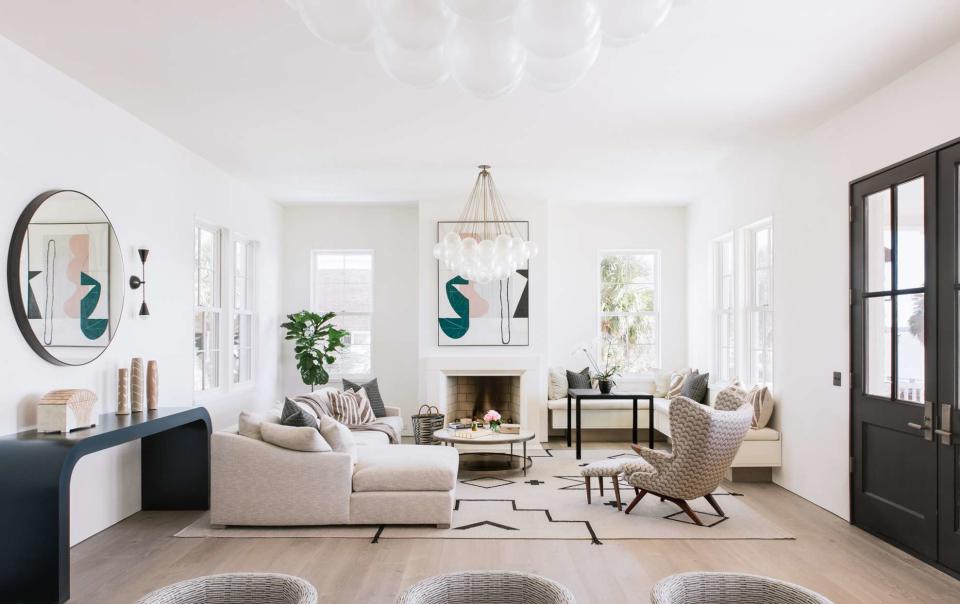
In many homes, it's not uncommon for two living spaces to coexist in the house—a living room and a family room. Though some might use the terms interchangeably, there are notable differences between the two rooms, such as their physical location inside the house and their function in our day-to-day living. We spoke with two interior designers who shared insight into what makes these rooms different and how you can style each of them.
Meet Our Expert
Kelsey Haywood, owner and principal designer of Haywoodmade Interiors, a full-service design studio in Chicago, Illinois
Amy Peltier, creative director and CEO of Peltier Interiors, a full-service design studio in San Marino, California
Related: The Difference Between a Sofa and a Couch—and Which One You Should Choose
What Is a Living Room?
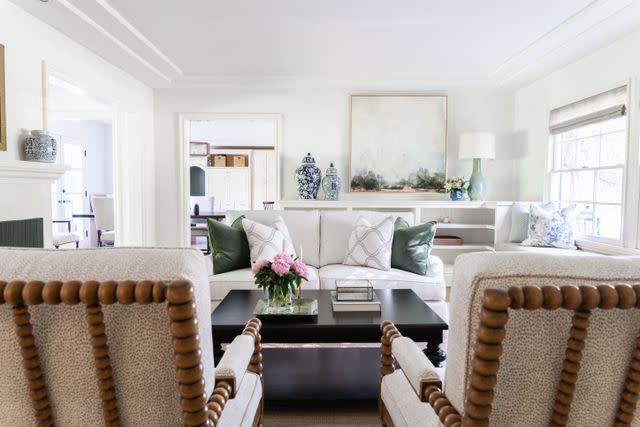
Vana Kevorkian-Ghazarian / Amy Peltier
A living room often sits at the front of a house, adjacent to the entryway, and is typically a formal room, says Amy Peltier, creative director and CEO of Peltier Interiors. "They tend to have a formality to them and are considered one of the more 'precious' rooms in the house," she says. Indeed, in Chicago, where designer Kelsey Haywood runs her interior design studio, the room can also be known as "the front room." "To those of us in Chicago, a 'front room' or 'living room' is usually at the front of the house," she says. "It’s a space that may at one time have been used as a more formal sitting room (though it’s rarely the case anymore!)."
The focal point in a living room is often a fireplace, with a formal seating structure arranged around it, notes Peltier. Though, a TV is not ruled out, according to Haywood. "Typically a fireplace and a TV may or may not be part of the equation depending on the frequency of use and if there is another (more casual) family room in the house," she says.
Related: 50 Inspiring Fireplace Ideas That Bring Warmth and Beauty to Any Room
What Is a Family Room?
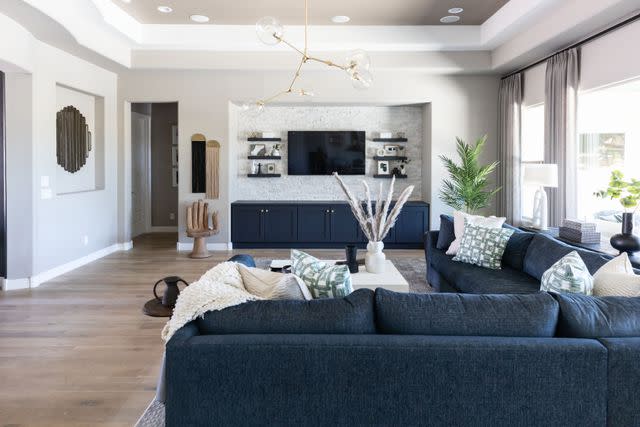
Life Created, Living with Lolo
A family room is a casual space for people to gather and relax, often directly set off from the kitchen. "The family rooms we are designing are always adjacent to the kitchen or fully open to it, and many times we call this space the great room because there's no separation between the two spaces," says Peltier. "It's where the family gathers, so naturally, everything is livable and approachable. We arrange the furniture around the TV, and our go-to item for this room is a large, comfy sectional."
Related: 20 Creative Ways to Make Your TV Blend in With Your Wall Décor
The Main Difference Between a Living Room and Family Room
Of course, you may be wondering what the real difference between these two living spaces is, and it generally comes down to formality. Living rooms are far more formal than family rooms, and in terms of home layout, the living room will be at the front of the home, whereas the family room is probably going to be right off the kitchen.
In homes that just have one gathering space, you're more likely to see just a family room as opposed to a living room. "The newer homes I am building almost never have a living room because it tends to sit towards the front of the home and be for formal entertaining only," Peltier says. "They do, however, all have a family room, which is where the core family members spend time relaxing together on a day-to-day basis."
Tips for Decorating Each Room
If you have both rooms in your home and want to use your living room as a formal entertaining space and your family room as your casual lounge space, our designers shared these tips to keep in mind.
Living Room
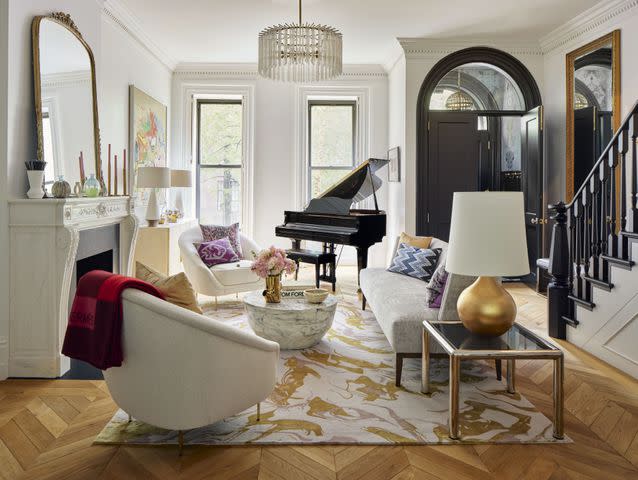
Gieves Anderson
Your living room can be a bit more elevated in your design choices. "Typically, I think of living rooms as spaces that have more stationary furniture and may be a little more elevated," says Haywood. "We often use furniture with more sculptural elements to the frames."
Peltier agrees, noting that she often employs lighter fabrics in living rooms because they aren't utilized as much as other spaces in the home. "Living rooms can often handle more delicate fabrics; we even like to upholster the main pieces in a light to white color because it's not as heavily used," she says. "There is always a more structured layout to the living room and many times the furniture is arranged around a beautiful fireplace."
Related: How to Decorate a Living Room From Start to Finish, According to Interior Designers
Family Room
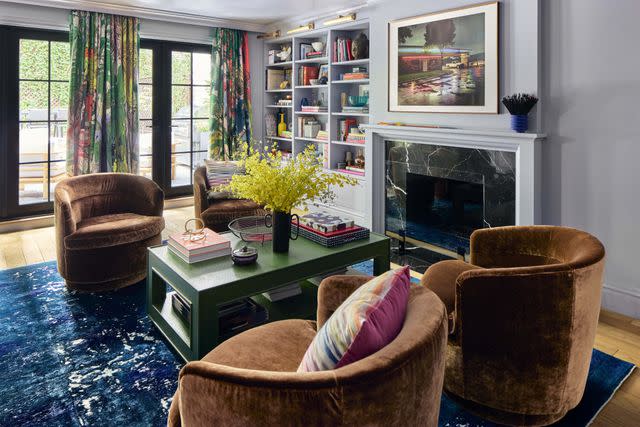
Gieves Anderson
A family room can be a bit more comfy—it's where your family and friends will gather after a long day, relaxing around the TV. "In family rooms, we often use swivels, deep sofas, all the details that imply comfy, cozy, and inviting," says Haywood. "Coming out of the pandemic, this consideration is top of mind for most of our clients!"
Since this room will get much more use than most of the other spaces in your home, considering your fabric choices is key here. "Durable fabrics such as Crypton or indoor/outdoor options are a must-have for the family room," says Peltier. "This room will more than likely get double the use of a living room since it's the space everyone spends time in daily." You'll likely want to opt for high-performance rugs and upholstery that are often stain-resistant if you have little ones or pets.
Read the original article on Martha Stewart.

